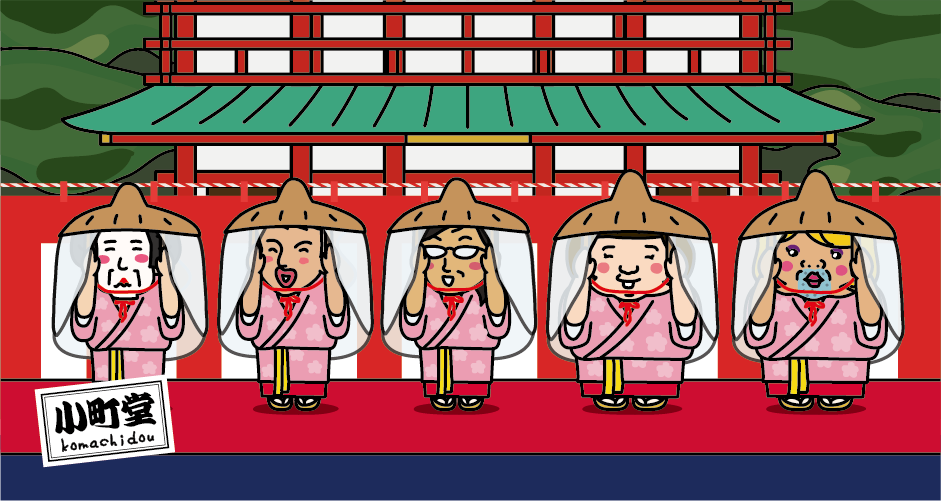Yuzawa City, Akita Prefecture is the hometown of Ono no Komachi. I tried to summarize the sad legend of Ono no Komachi and Fukakusa no Shosho.
The Ogachi district of Yuzawa City in Akita Prefecture is said to be the birthplace and final place of Ono no Komachi, a female poet of the early Heian period (9th century). The vermilion building that comes into view as you drive along National Route 13 is Komachido hall, which was built in memory of Ono no Komachi. It is said that this was the place where Fukakusa no Shosho planted a peony plant that was a gift to Ono no Komachi, so it used to be called “Shakuyaku-zuka (Mound of Peony).” There are many traditional places related to Ono no Komachi, centering on Komachido hall.
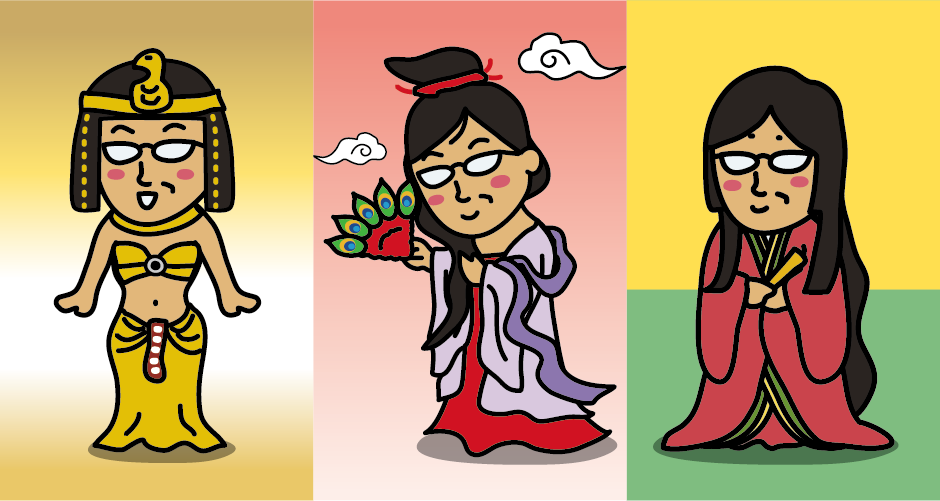
In Japan, Ono no Komachi is considered one of the world’s top three beauties along with Cleopatra of Egypt and Yang Guifei of China. In the early Heian period (mid-9th century), she was one of the Rokkasen (six poets) of the Kokin Wakashu, a collection of waka poems.
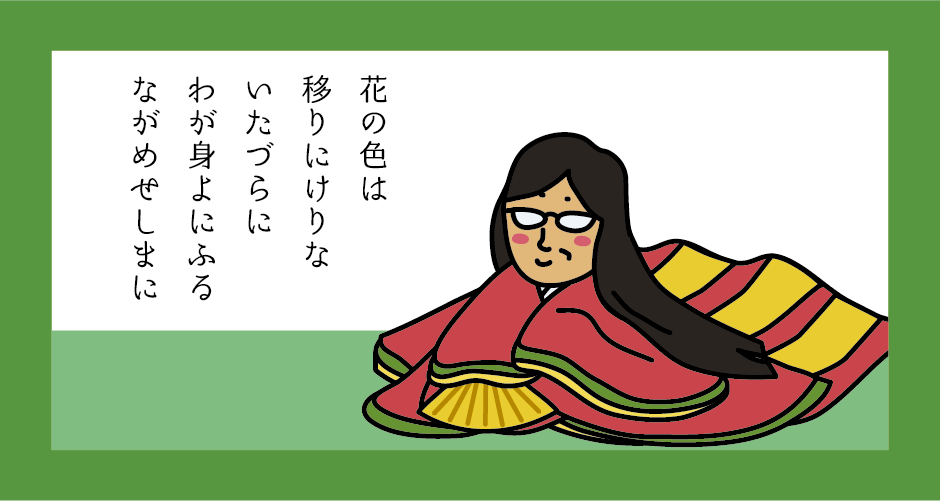
Ono no Komachi’s famous waka poem: “Hananoirowa utsurinikerina itazurani wagamiyonihuru nagameseshimani” (The colors of the flowers faded during the long rain. I spent my days in this world in vain while I was lost in thought.)
It is a waka poem about the transience of growing old as the colors of flowers fade, and is included in the Hyakunin Isshu (One Hundred Tanka Poems).
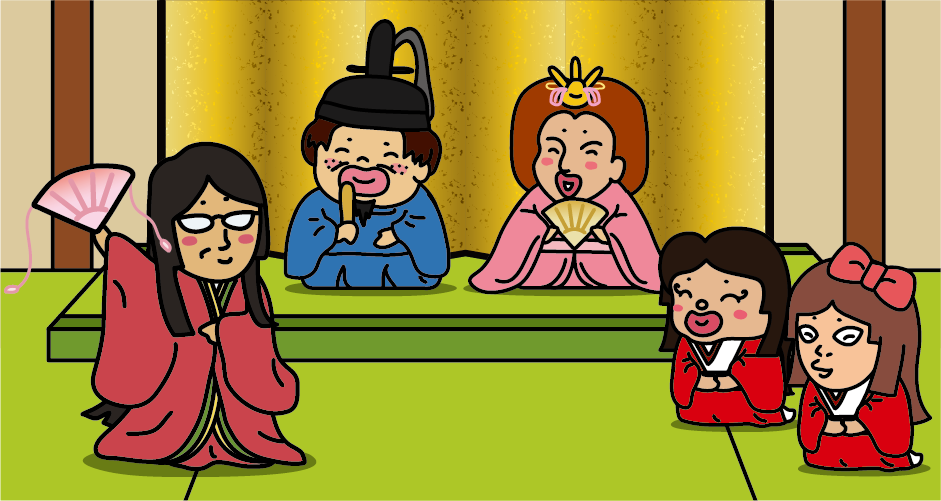
The story of Ono no Komachi’s birth has been handed down throughout Japan, but Yuzawa City in Akita Prefecture is particularly popular. According to the folklore of Ogachi Town (Current Yuzawa City) in Akita Prefecture, Komachi lived in Ogachi until the age of 13, served at court for about 20 years, and returned to Ogachi at the age of 36.
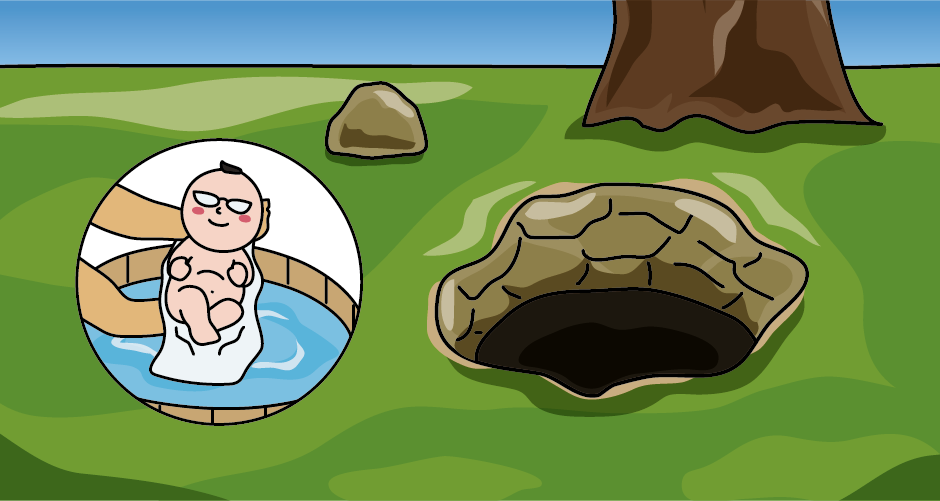
The Kirikida Well is said to be the well that Ono no Komachi used for her maternity bath, and it has actually been authenticated as having been dug in the same way as wells seen around the capital in the early Heian period (9th century).
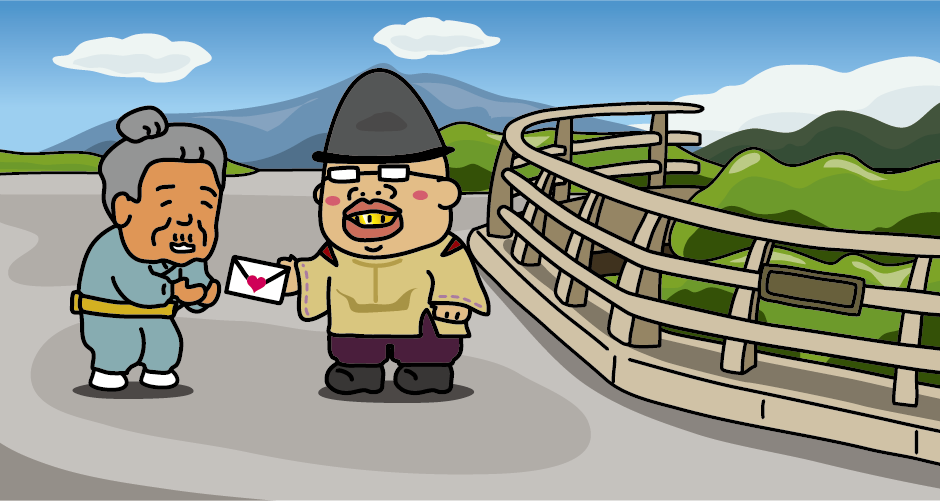
A famous episode of Ono no Komachi is Fukakusa Shosho’s “Momoyo Kayoi (commuting for 100 nights)”. Fukakusa Shosho is said to be one of the Rokkasen, and according to the folklore of Ogachi, Fukakusa no Shosho, who was in love with Ono no Komachi, chased her from Kyoto to Ogachi, entrusted the old woman with a love letter, and waited for Komachi’s reply. The place is said to be “Oppeji Bridge”. “Oppeji” means reply.
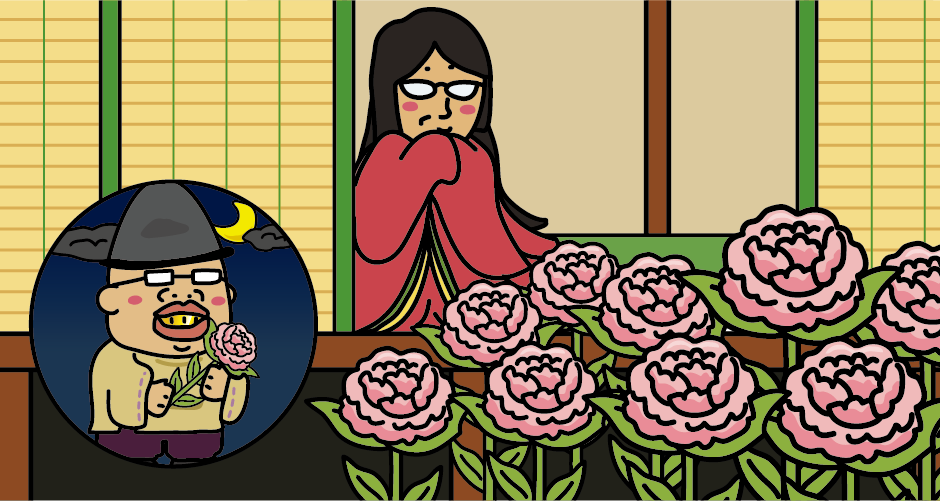
However, he was unable to meet Ono no Komachi, and her reply was, “I want you to plant one peony every day for the 100 nights, which my late mother loved.” This is how the Fukakusa no Shosho’s “Momoyo Kayoi (commuting for the 100 nights)” begins. It is said that the place where Fukakusa no Shosho planted one peony each day was “Shakuyaku-zuka”(current Komachido-hall).
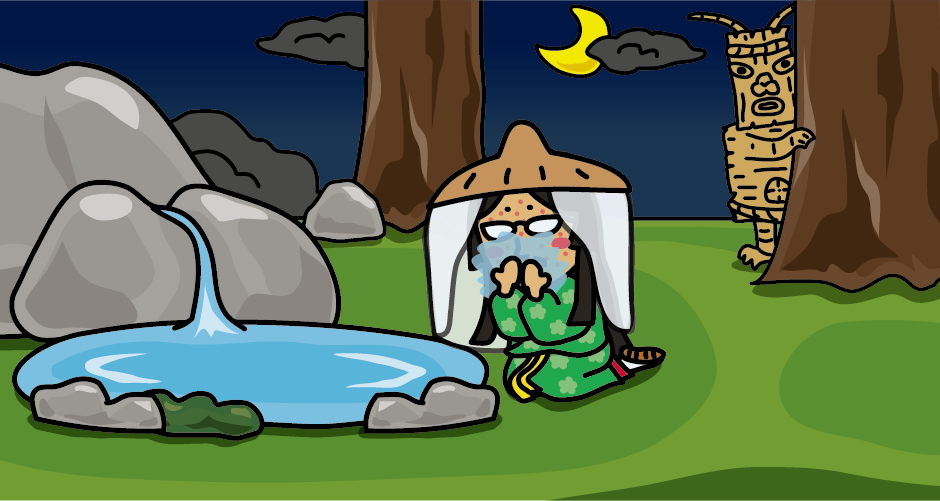
It is said that the reason Ono no Komachi did not meet Fukakusa no Shosho was that she was suffering from a skin disease (smallpox) and was washing her face in the sacred spring that gushed out within the precincts of Isozaki Shrine in order to cure the disease within one hundred nights. Currently, this sacred spring has dried up, but it used to be called “Komachi Spring”.
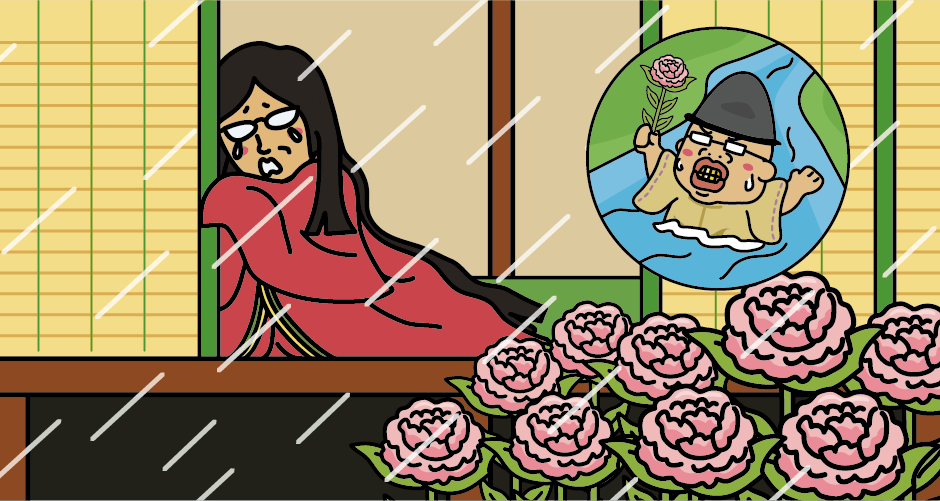
Fukakusa no Shosho continued to go to Ono no Komachi’s house with a peony until the 99th night, but on the 100th night he was swept away by the flooding of the Moriko River and died.

Ono no Komachi is said to have buried the Fukakusa no Shosho’s corpse on Mt. Moriko, and it is said that she willed that when she too died, she would be buried next to him. Mt. Moriko is now called “Futatsumori,” and it is said that the large hill (Otokomori) is the tomb of the Shosho and the small hill (Onnamori) is the tomb of Komachi.
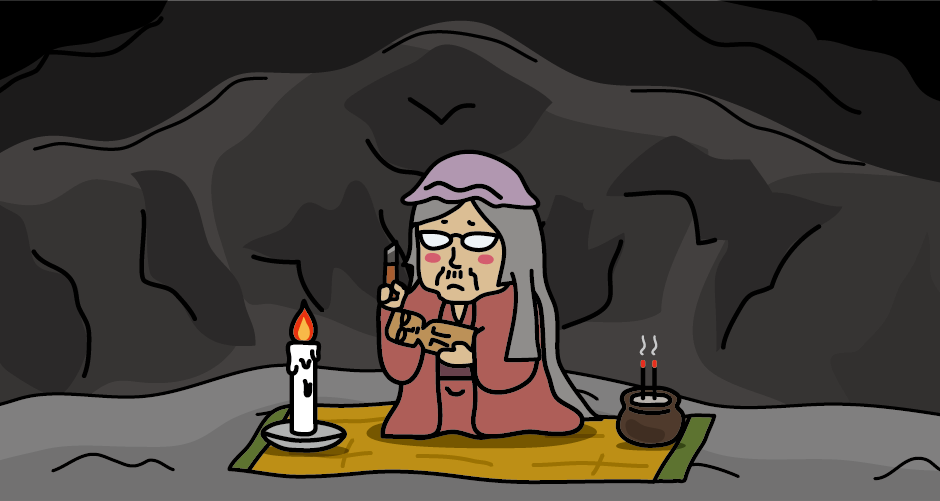
It is said that Ono no Komachi, saddened by Fukakusa no Shosho’s death, left the mundane world in her later years, burning incense and carving a self-portrait in a cave called Iwayado, located upstream of the Omono River, and lived until the age of 92.
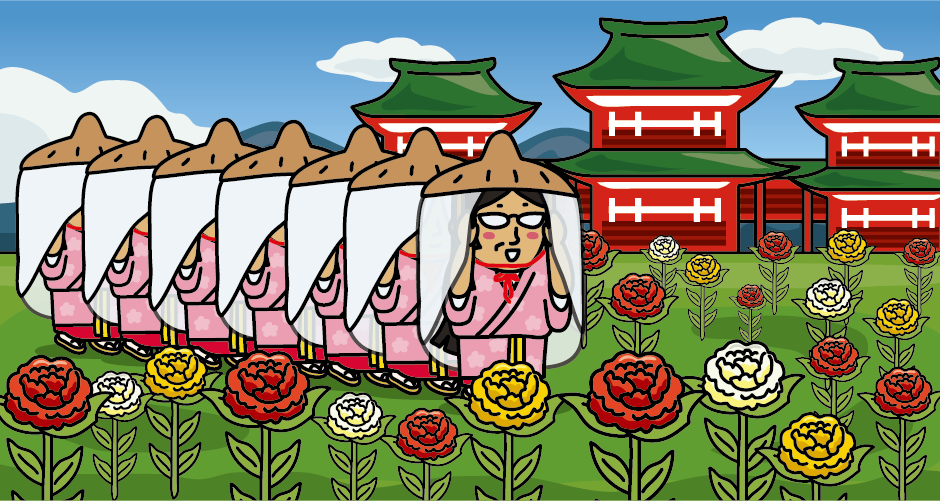
At the “Komachi Festival” held on the second Sunday of June every year when the flowers of peony are fragrant, seven Komachi girls selected from inside and outside the city appear in Ichimegasa (straw hat worn by women) and appear as Ono no Komachi, seven waka poems written by Ono no Komachi are recited and dedicated to Komachido-hall.
Access to Komachido Hall
It takes about 3 hours and 20 minutes from JR Tokyo Station to JR Omagari Station by Tohoku Shinkansen bound for Akita (Akita Shinkansen). Transfer to the JR Ou Main Line at JR Omagari Station and get to JR Yokobori Station in about 50 minutes. About 15 minute-walk from JR Yokobori Station.
